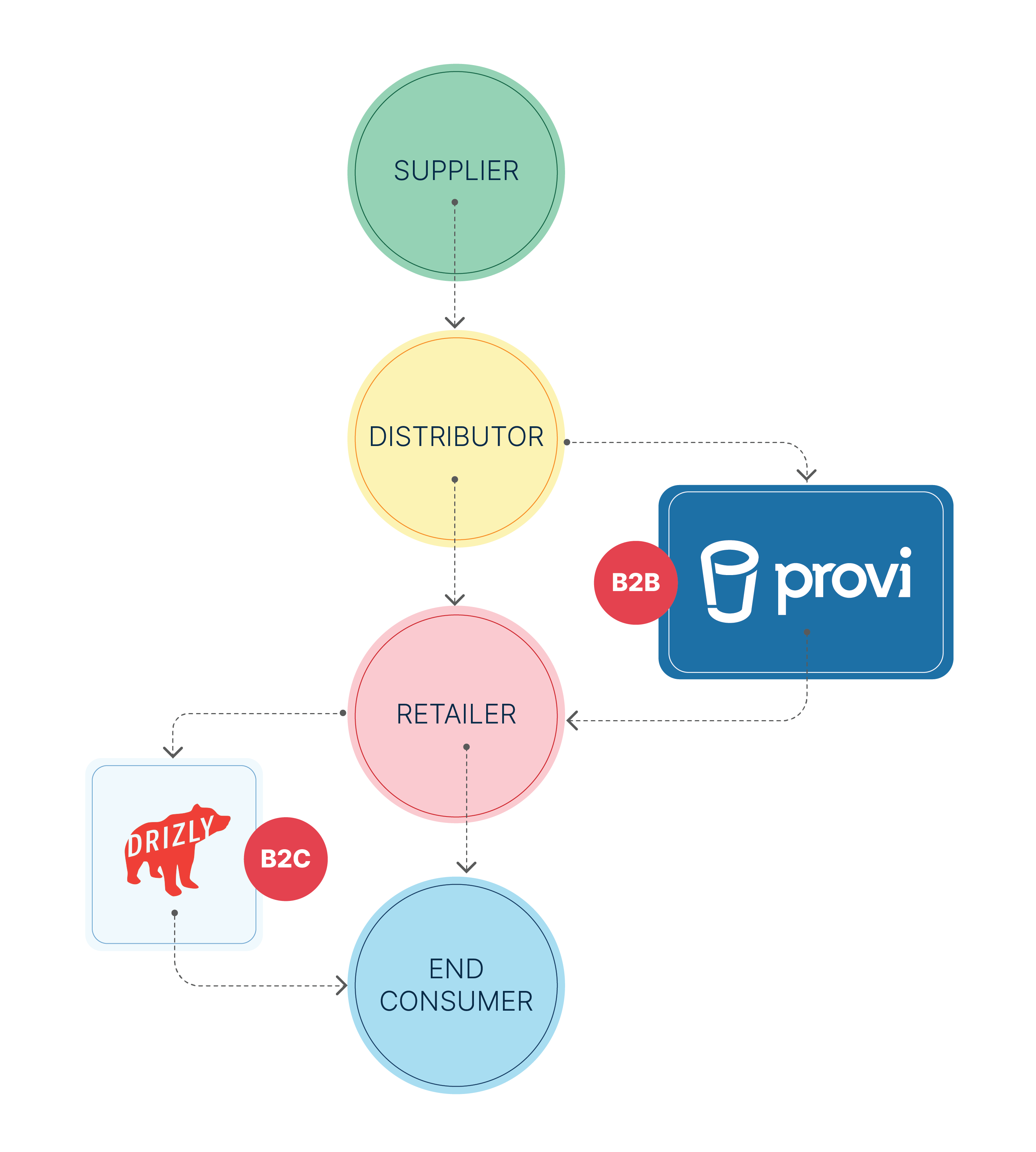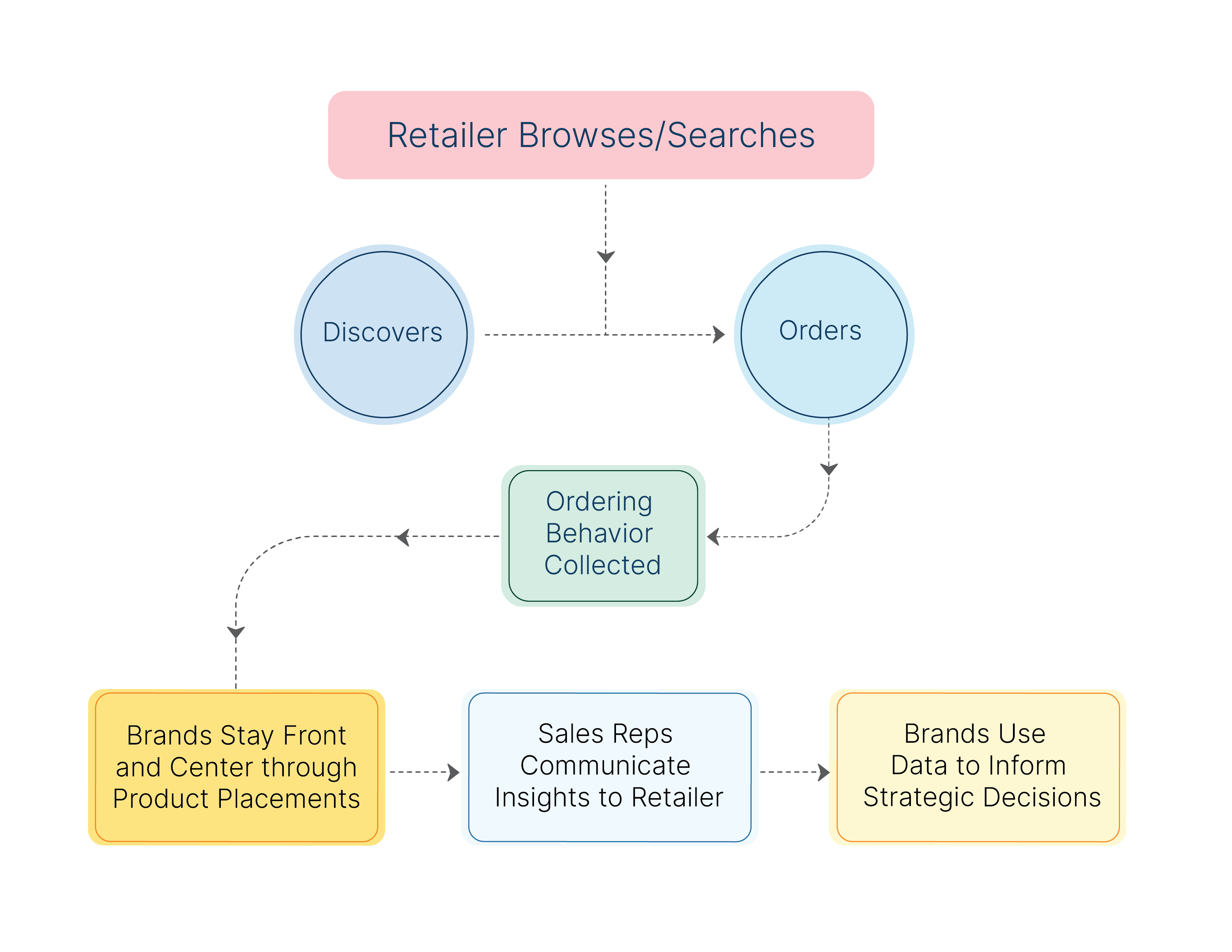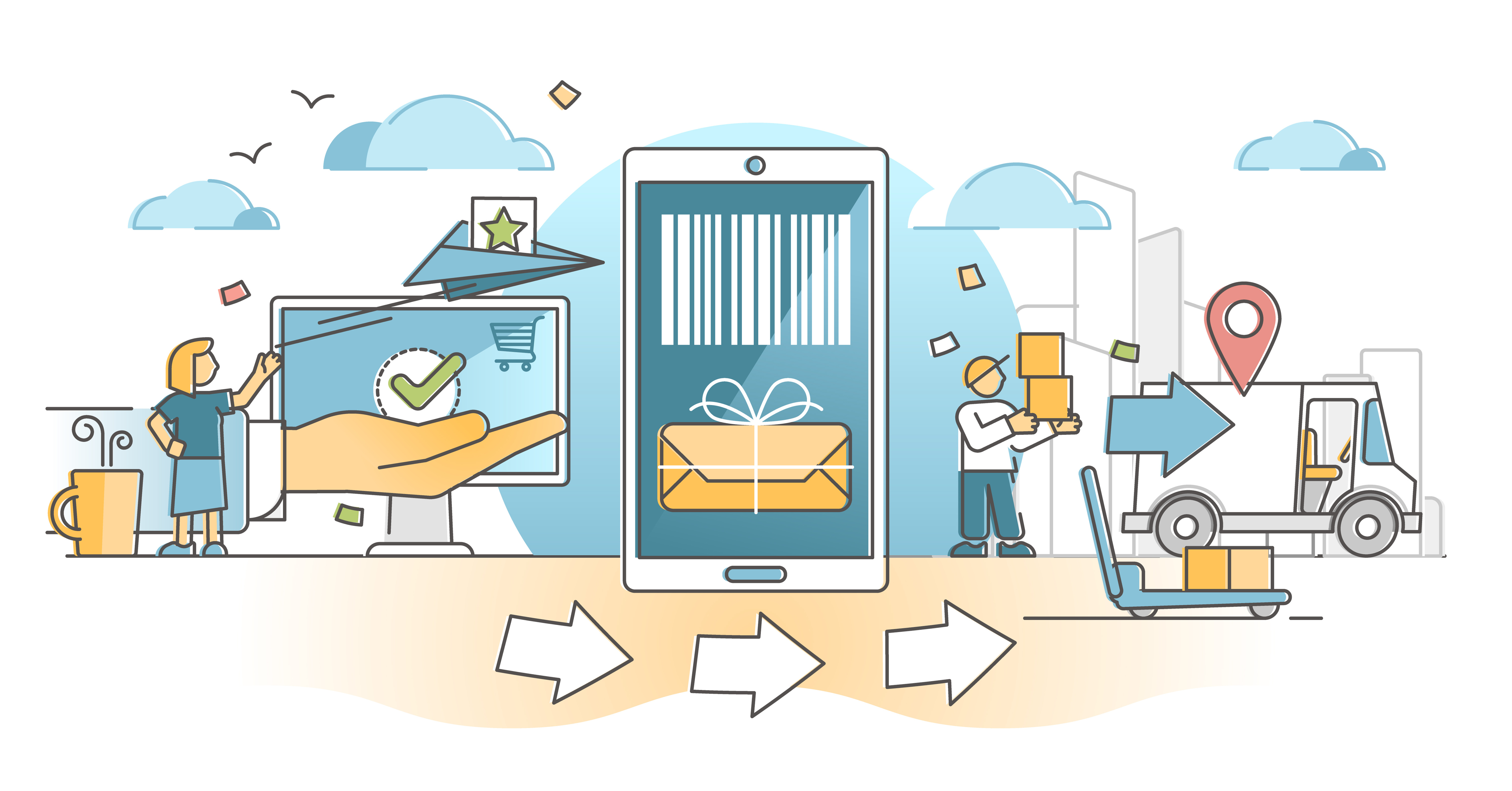We can’t talk about the recent behavior shifts of the alcohol industry at large without mentioning the boom of ecommerce. It continues to be one of the biggest influencers of each of the three tiers. But what exactly are the differences between B2B and B2C ecommerce, and how do they affect the three-tiered industry differently? Let's jump into a little alcohol ecommerce 101!
Ecommerce Blasts Off
Before the pandemic, ecommerce held a small slice of the beverage-alcohol market pie, with sales driven by direct-to-consumer (D2C) wine shipments and the proliferation of business-to-consumer (B2C) alcohol delivery apps like Drizly. 2021 saw many suppliers and distributors invest in this high-growth space, using ecommerce to strategically build their brands.
Pandemic-induced consumer behaviors drove significant ecommerce growth almost overnight, catapulting the beverage alcohol ecommerce sector well ahead of where many believed it would be today. A recent IWSR Drinks Market Analysis claims e-commerce is here to stay, with beverage alcohol ecommerce sales expected to reach more than US $42 billion across key markets by 2025, representing growth of +66%. Today, a quarter of global beverage alcohol consumers are ordering online!
Business-to-business (B2B) ecommerce has become one of the fastest growing sub-channels for beverage alcohol sales in the US, presenting suppliers and distributors with a new approach to brand building, effectively enhancing traditional route-to-market strategies.
The Landscape of Ecommerce within Beverage Alcohol
The ecommerce boom is primarily driven by B2C and B2B. While B2C platforms like Drizly put the focus on consumers purchasing for the off-premise, B2B marketplaces like Provi put the focus on retailers purchasing for the on-premise.
 How the B2B Ecommerce Marketplace Works
How the B2B Ecommerce Marketplace Works
The past year has drawn attention to B2B ecommerce, as marketplaces have emerged to streamline retailer ordering capabilities. These platforms—coupled with sales reps playing a crucial consulting role while spending less time managing orders—continue to drive unprecedented growth.
It’s often stated that brands are built in the on-premise. Now more than ever, emerging brands can use B2B capabilities to meet thousands of retailers with the brands their customers seek most. Those who best understand B2B marketplace customer behavior are best-positioned to compete and win with their customers.
 Suppliers, distributors and retailers are eager to analyze B2B marketplace data, helping them understand core customer purchasing patterns. Those who succeed within this rapidly growing channel have major potential to disrupt larger, more traditional category leaders.
Suppliers, distributors and retailers are eager to analyze B2B marketplace data, helping them understand core customer purchasing patterns. Those who succeed within this rapidly growing channel have major potential to disrupt larger, more traditional category leaders.
How does Provi Drive Growth for All Brands Across A Variety of Portfolios?
You guessed it: data! Across the tens of thousands of retailers ordering on Provi, the majority of these accounts are on-premise. Provi’s streamlined search, discovery and order process plays an essential role in accelerating established brands and provides a launchpad for new product introductions.
Want to start saving time and evolve your beverage ordering experience? Sign up for free on Provi!



Comments